The European eTwinning program "Schools defenders of the Earth" was created by 2 countries, Greece and Turkey. Participating 7 kindergartens, 12 kindergarten teachers and 152 students.
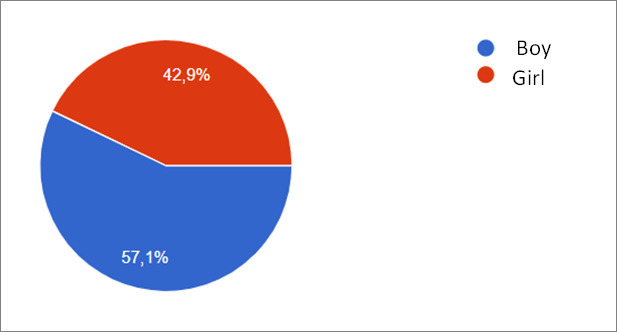
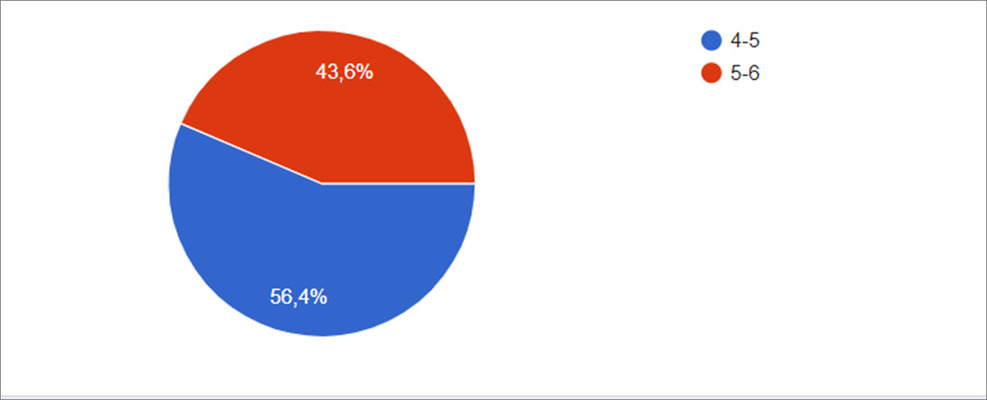
Comparing the results of the pre and post tests, it was found that the children's answers differed and their perceptions about habits, practices that they used to have before the implementation of the program, regarding water and energy savings, waste reduction, changed. their prior knowledge of the environment, their attitude towards animals and nature.
Equally important is the fact that as found through the comparative study of the results, the children who participated changed their attitude towards environmental protection, adopted good practices, felt more confident, developed skills of creativity, problem solving, and collaboration.
It is worth mentioning that the program continued its normal flow even during distance learning in which 51.3% of all children actively participated, while 19.7% unfortunately did not participate at all in distance education. for a variety of reasons.
Initially only 13.15% of the children who participated knew what the environment is and 16.44% could report environmental problems they are aware of. Something that changed after the completion of the program where now 78.35% can report problems facing the environment.
While in the question "Do you think that the city you live in is facing environmental problems", one can see the differences, before and after the implementation of the action, in the graph given. It is very important that the children through the program were able to perceive and recognize the environmental problems in their familiar environment and seek solutions.
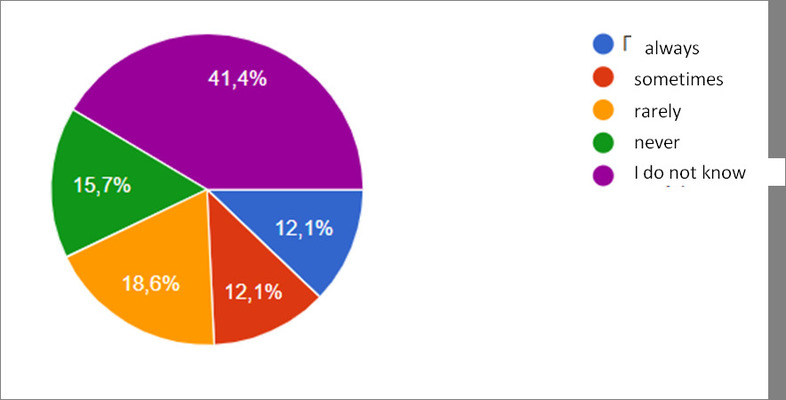
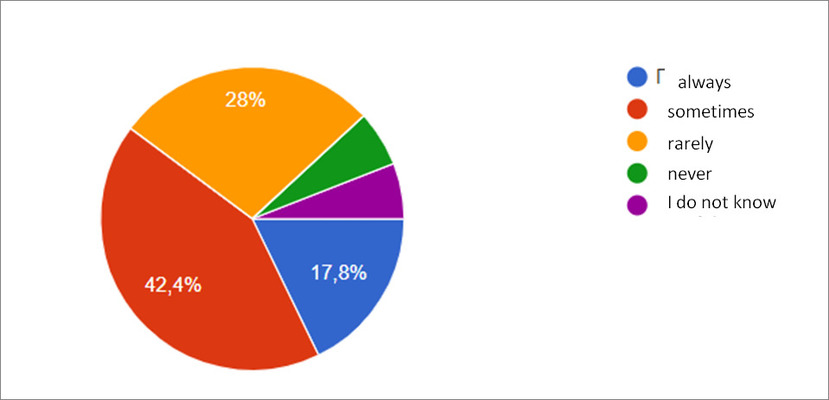
Regarding the reduction of waste and the process of recycling, it is characteristic that 76.3% initially knew what recycling is and 58.6% recycled at home, but regarding the practice of reusing various items only 20 , 39% said "I would recycle it", "I will use it again", "I would make a construction", with a significant difference after the completion of the program where 97.5% now know what recycling is, 74.8% do recycling at home, while 68.42% have adopted as a practice the reuse of some household waste.
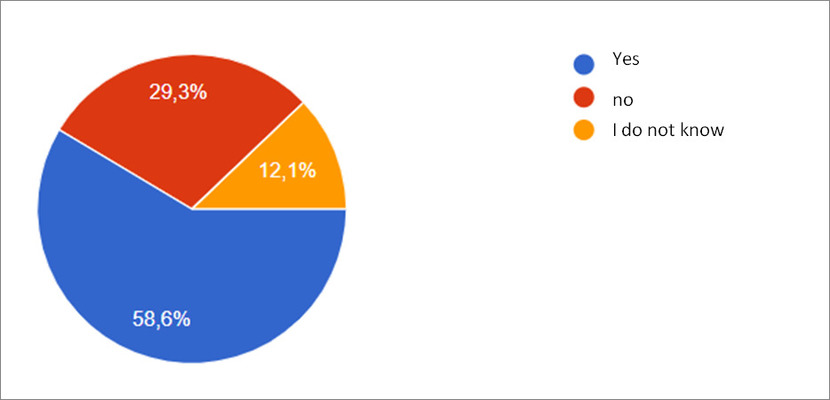
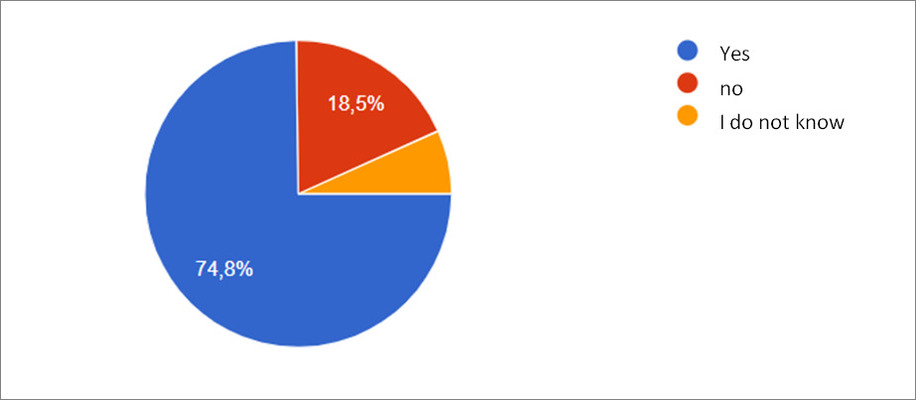
In situations that were posed to children such as “You visit a beach and find that it is full of garbage. What are you doing, how do you feel?”. Initially 62% expressed only their feelings and only 31.4% were determined to do something. This changed significantly where 54.6% wanted to act, as in the course of the action children had the opportunity to identify realistic problems, seek solutions and act.
The children became familiar with and adopted practices related to saving water and energy both at home and at school, a fact that was reported by the parents and teachers themselves.
While the question "Why are there trees, what are plants used for" were initially answered only by 19.73%, the largest percentage said they did not know, something that changed in the course where 92.81% had acquired relevant knowledge, declaring willingly and proposing relevant solutions 92.10% in order to "green the earth", compared to only 25% at the beginning of the intervention.
It is worth noting that children were very sensitive about endangered animals from the beginning, however, there were still differences as they realized how many species are endangered, that our environmental consciousness even if we are far away can affect animals as familiar as and in a remote environment.
Finally, a key part of the program aimed at enriching and acquiring new knowledge about sustainable development and the environmental problems facing the earth. At the same time, emphasis was placed on the cultivation of various skills that constitute the citizen of the 21st century, an active citizen, who will try to seek solutions to the problems he faces and will respect the environment and every living being on earth.